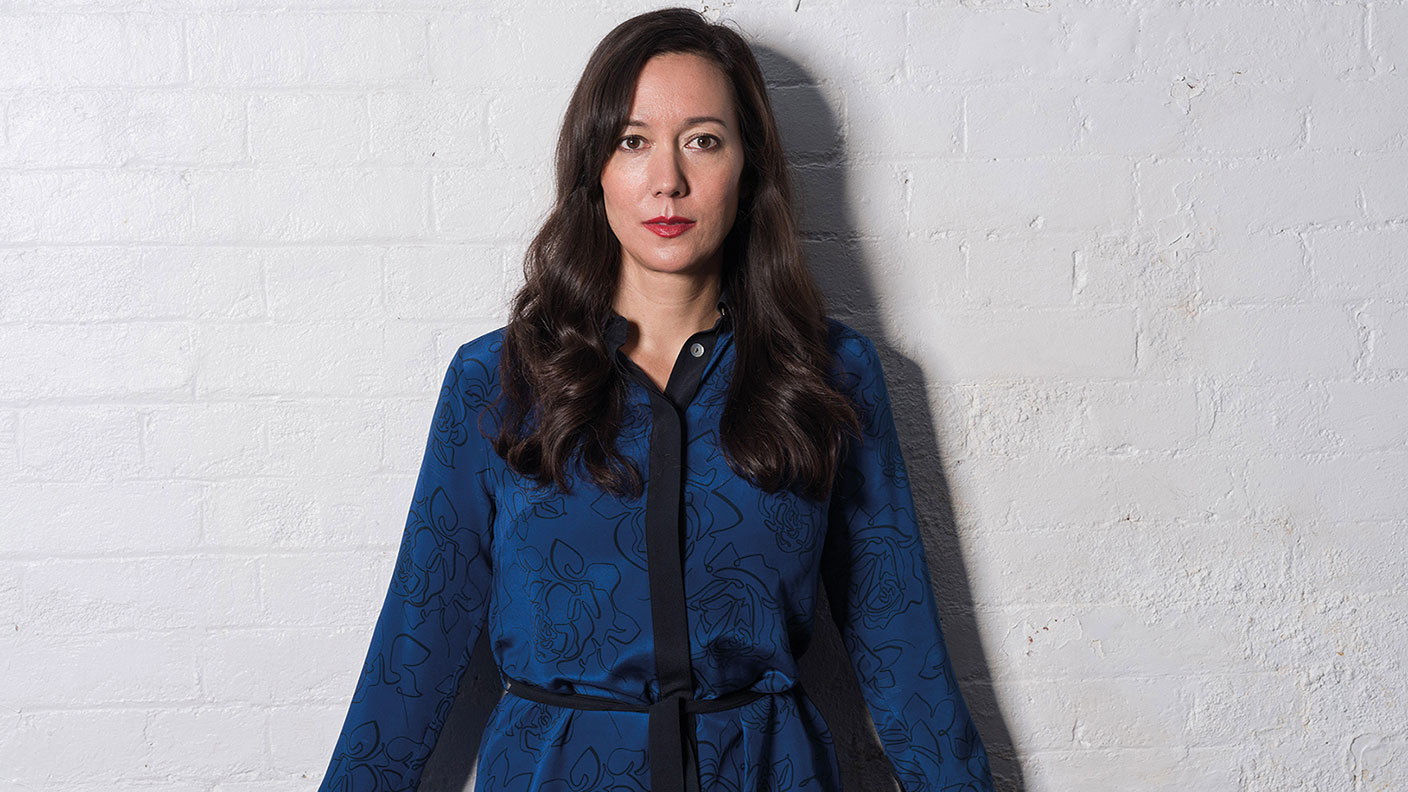Should you risk buying into venture capital trusts (VCTs)?
Venture capital trusts (VCTs) are risky, but they are tax-efficient and focus on fast-growing private companies. David Stevenson picks a few to consider.

US markets are replete with dynamic technology companies; Europe’s are staid and boring. Or so many investors think. But this is not entirely accurate. On the continent, for instance, tech companies now boast a bigger market capitalisation than banks and energy companies.
In Britain, on the other hand, investors seeking burgeoning, earlier stage businesses tend to go for the private firms found in listed portfolios such as the Chrysalis investment trust, which has been a top performer in recent years. However, there is also the long-established venture capital trust (VCT) sector. According to investment services group Wealth Club, these tax-efficient listed funds are increasingly investing in the same kind of fast-growing, valuable companies you’d expect to find in the Chrysalis fund and bigger rivals such as Baillie Gifford’s Scottish Mortgage trust.
Targeting fast growers
In 2015 changes to the VCT rules required all new VCT investments to be made in younger companies seeking growth capital. Since then, VCT portfolios have started to catch up with the reality that the UK is Europe’s top market for scale-up firms (those with more than ten employees and growing sales by at least 20% a year). A record £10.1bn was invested in UK technology companies in 2019; 81.2% of this went into high growth, high productivity scale-ups. According to Jonathan Moyes, head of investment research at Wealth Club: “If you look at many of the VCTs today they are arguably full of exactly the types of companies you want to be invested in, ie, fast-growing tech-enabled businesses whose business models have been accelerated by Covid-19”. Moyes divided ten VCTs’ constituents into three categories: those experiencing a decline in revenue; companies with revenue growth of 0%-25%; and finally, firms with sales growth of over 25%.
MoneyWeek
Subscribe to MoneyWeek today and get your first six magazine issues absolutely FREE

Sign up to Money Morning
Don't miss the latest investment and personal finances news, market analysis, plus money-saving tips with our free twice-daily newsletter
Don't miss the latest investment and personal finances news, market analysis, plus money-saving tips with our free twice-daily newsletter
Nearly half (45.7%) of the invested assets of the VCTs are in companies growing revenues by more than 25% year on year, on average. By comparison, just 4.6% of the largest 350 constituents of the UK main market have achieved this. About 22.5% of the invested assets of the VCTs are in companies that have grown revenues by over 50%, compared with just 2% for the UK main market.
Another way of gauging this transformation is to look at the Fast Track list of the 100 UK tech firms with the fastest-growing sales over the past three years. VCTs have invested in 15 of them. They include number seven, Elvie, a female-health technology developer, owned by the Octopus Titan VCT (LSE: OTV2), and number 21, Matillon, Britain’s take on Snowflake, the cloud-based data-storage company, owned by the British Smaller Companies VCT (LSE: BSV). Personalised stationery retailer Papier, number 28, is a holding of the ProVen VCT (LSE: PVN).
Generous tax relief
Crucially, that focus on growth businesses comes with all the tax benefits of a VCT. Investors receive up to 30% income-tax relief on the initial investment; £60,000 income-tax relief on the full VCT allowance of £200,000. Any dividends and capital gains are also tax-free. Investors can sell their stake in a VCT after the five-year minimum holding period, reinvest the proceeds in another VCT and receive a further 30% income-tax relief.
Of course, investors get those tax benefits because this is high-risk stuff. Moyes concedes that “VCTs are without doubt risky. They invest in early stage businesses that often fail and VCTs... are pretty illiquid. However, when you are exposed to... 70 or even 100 companies (as is the case with some of the larger VCTs), that risk is mitigated, especially if you... invest over a number of different VCTs each year.”
And despite the changes in portfolio composition, there are still plenty of businesses that are a tad pedestrian in growth terms. Moyes says “over time we expect mature investments to be gradually sold down, and for new early stage high-growth investments to become an increasingly dominant part of a VCT portfolio. In the meantime, those older-style investments can help to
manage risk and support dividend payments.”
Aim VCTs could hit the target
Note too that many of the fund management firms that focus on VCTs aren’t exactly in the top tier of global venture-capital firms and funds, both in the tech and life-sciences sectors. Outfits such as Draper Esprit and Baillie Gifford have a world-class reputation for bringing unicorns to the main markets. In particular I would also emphasise that in the life-sciences, where the UK has a fantastic reputation, specialists such as Syncona – a listed UK fund – probably have access to deals that many VCT specialists would never see.
Then again, perhaps I am being a little too harsh. The Aim VCTs in particular have a sterling record of investing in listed biotech firms. We saw gains in net asset value (NAV) of between 20% and 40% in 2020 for the likes of the Amati Aim VCT (LSE: AMAT), where life-sciences businesses comprise 31% of the portfolio, and the Unicorn Aim VCT (LSE: UAV), 27%. Around 30% of the Hargreave Hale Aim VCT (LSE: HHV), meanwhile, is in healthcare.
If these funds keep thriving I’d expect the VCT sector to attract more attention. With just 20,000 individuals claiming income-tax relief on VCTs last year, there’s a long way to go to build market share among additional and higher-rate taxpayers.
Get the latest financial news, insights and expert analysis from our award-winning MoneyWeek team, to help you understand what really matters when it comes to your finances.

Max has an Economics degree from the University of Cambridge and is a chartered accountant. He worked at Investec Asset Management for 12 years, managing multi-asset funds investing in internally and externally managed funds, including investment trusts. This included a fund of investment trusts which grew to £120m+. Max has managed ten investment trusts (winning many awards) and sat on the boards of three trusts – two directorships are still active.
After 39 years in financial services, including 30 as a professional fund manager, Max took semi-retirement in 2017. Max has been a MoneyWeek columnist since 2016 writing about investment funds and more generally on markets online, plus occasional opinion pieces. He also writes for the Investment Trust Handbook each year and has contributed to The Daily Telegraph and other publications. See here for details of current investments held by Max.
-
 Autumn Budget tax changes: how is your generation affected?
Autumn Budget tax changes: how is your generation affected?The chancellor expects everyone to do their bit to boost the nation's finances but the tax burden is by no means shared equally
-
 Revealed: pension savers ditch investment trusts and favour passive funds
Revealed: pension savers ditch investment trusts and favour passive fundsDemand for investment trusts is cooling among self-invested personal pension (Sipp) customers, who are increasingly choosing money market funds, passive funds and individual shares
-
 Leading European companies offer long-term growth prospects
Leading European companies offer long-term growth prospectsOpinion Alexander Darwall, lead portfolio manager, European Opportunities Trust, picks three European companies where he'd put his money
-
 How to harness the power of dividends
How to harness the power of dividendsDividends went out of style in the pandemic. It’s great to see them back, says Rupert Hargreaves
-
 Why Trustpilot is a stock to watch for exposure to the e-commerce market
Why Trustpilot is a stock to watch for exposure to the e-commerce marketTrustpilot has built a defensible position in one of the most critical areas of the internet: the infrastructure of trust, says Jamie Ward
-
 Tetragon Financial: An exotic investment trust producing stellar returns
Tetragon Financial: An exotic investment trust producing stellar returnsTetragon Financial has performed very well, but it won't appeal to most investors – there are clear reasons for the huge discount, says Rupert Hargreaves
-
 How to capitalise on the pessimism around Britain's stock market
How to capitalise on the pessimism around Britain's stock marketOpinion There was little in the Budget to prop up Britain's stock market, but opportunities are hiding in plain sight. Investors should take advantage while they can
-
 London claims victory in the Brexit wars
London claims victory in the Brexit warsOpinion JPMorgan Chase's decision to build a new headquarters in London is a huge vote of confidence and a sign that the City will remain Europe's key financial hub
-
 The consequences of the Autumn Budget – and what it means for the UK economy
The consequences of the Autumn Budget – and what it means for the UK economyOpinion A directionless and floundering government has ducked the hard choices at the Autumn Budget, says Simon Wilson
-
 Reinventing the high street – how to invest in the retailers driving the change
Reinventing the high street – how to invest in the retailers driving the changeThe high street brands that can make shopping and leisure an enjoyable experience will thrive, says Maryam Cockar
